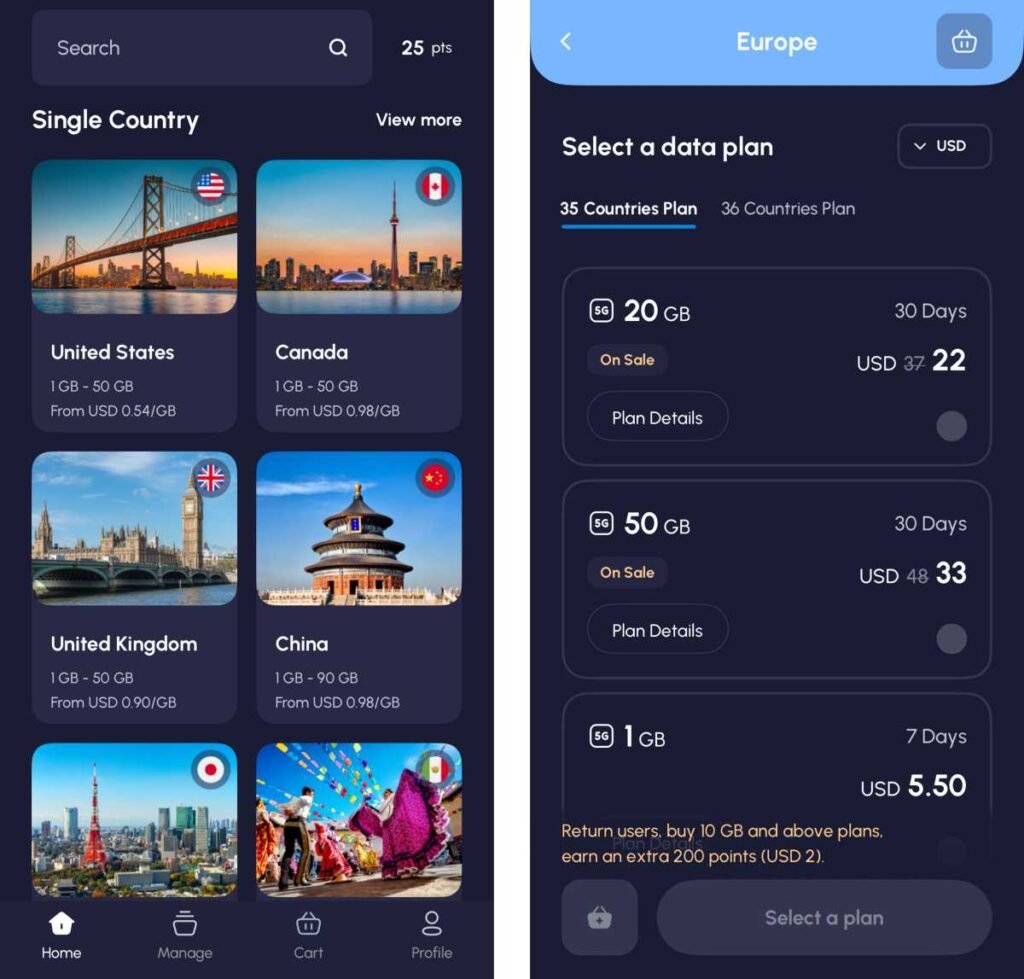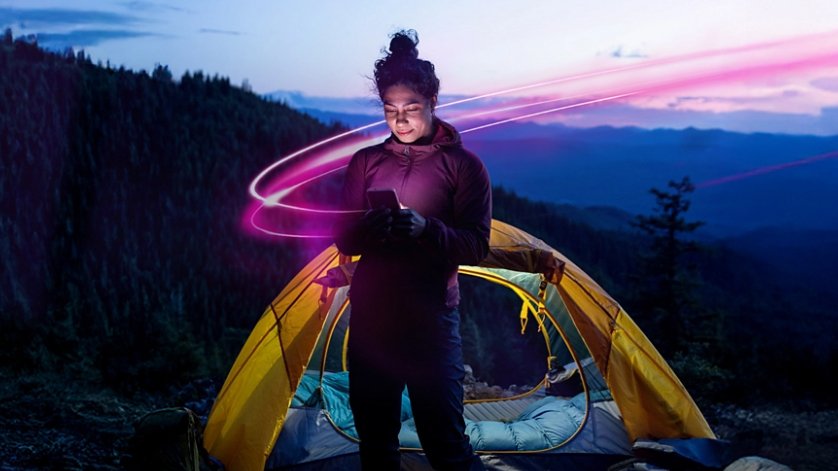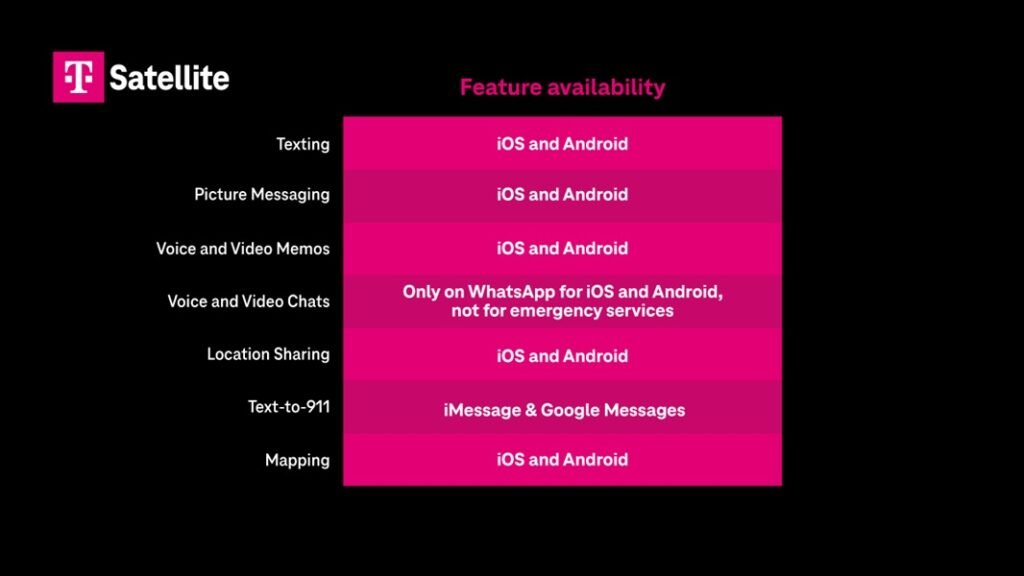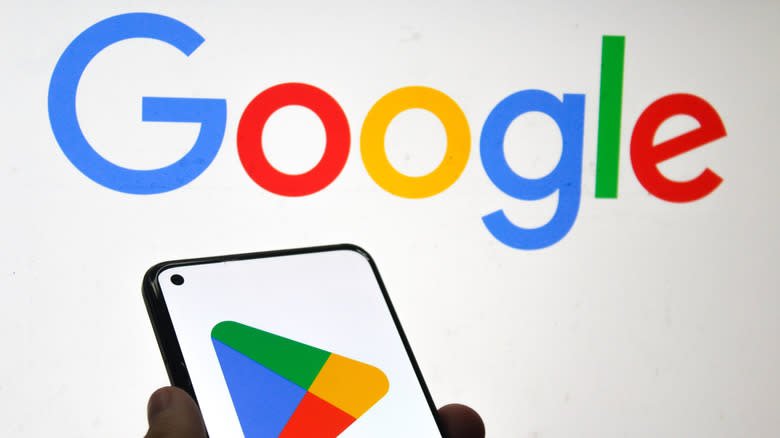
It’s 2:47 a.m. and your phone buzzes on the nightstand. The notification suddenly glows in the darkness: “You’re on a 7-day streak!”; “Don’t break your streak!” You feel the need to open the app right away for an emergency breathing exercise. Half-awake, you fumble for the device, chest tightening. Another buzz: “What’s your positive intention for the day?”
The app that promised to ease your anxiety has just jolted you into a state of micro-panic. Have you fallen prey to some kind of toxic, digital positivity?
Research shows that smartphone notifications from various types of apps can contribute to stress, anxiety and depression, with users receiving dozens of push notifications daily.
A recent meta-analysis found that while mental health apps can help improve clinical outcomes, there are some concerns around too much engagement leading to frustration and stress.
These apps, sometimes marketed as “therapist in your pocket” and “a sort of 24–7 mobile therapist” are employing strategies closely resembling what social media platforms use to maximize psychological engagement. But when the product is mental wellbeing, what happens when the cure becomes part of the disease?
To understand why app design choices matter, we need to consider how our minds process threats, whether positively or negatively framed. In my new book Framing—The Social Art of Influence, I examine topics ranging from caviar ads to public‑health campaigns, asking which kinds of signaling strike a chord with different audiences in particular situations. While mental‑health apps are not directly investigated in my book, there are plenty of parallels to them backed up by research.
One key idea is the distinction between “rough” and “smooth” textures of framing in communication. Rough framing uses threat cues, surveillance language and urgency to capture attention. It’s the difference between a gentle reminder and a fire alarm. These apps systematically deploy rough framing through their notification systems.
Consider how these notifications exploit what evolutionary psychologists call our “hypervigilance bias”—the ancient tendency to overreact to potential threats that once kept our ancestors alive. Research shows that throughout human evolution, diverse environmental threats shaped our brain’s fear response, resulting in cognitive mechanisms that prioritized survival.
When an app warns that your stress is spiking, it’s using the same neural pathways that once alerted us to predators. But unlike a rustling bush that might hide a tiger, these digital warnings can create threats where none existed.
By sending alerts about “detected stress” or “mood dips,” mental health apps create micro-crises that only the app can resolve. User reviews consistently praise the “instant reassurance” these apps provide, yet studies tell a different story about long-term engagement patterns.
Research on mental health app notification timing and frequency reveals concerning patterns. One study found that people using a certain app receiving daily notifications showed higher engagement initially. Still, some users described experiencing frustration with repetitive notification content, with one participant noting: “in the end, it got me a bit annoyed, ’cause I was like, “Oh, I’ve done this already.'”
Analysis of push notifications showed that frequent users become less responsive to suggestion-based prompts over time.
Hot and cold framing
In my book’s framework of social influence, I also distinguish between “hot” and “cold” framing temperatures. Hot framing creates urgency and emotional intensity—think breaking news alerts or emergency warnings. Cold framing allows space for reflection and considered response.
Mental health apps have become masters of hot framing. Haptic buzzes accompany streak warnings. Red badges accumulate on home screens. Animation effects show wilting flowers when you miss a meditation session. One popular app even sends notifications styled like text messages: “Hey! Your anxiety score is climbing. Let’s chat?”
The informal tone masks the manipulative design—you’re not chatting with a friend but with an algorithm optimized for engagement.
This matters because mental health recovery often requires the opposite approach. Decades of research in cognitive behavioral therapy emphasize the importance of creating distance from anxious thoughts, not constant monitoring of them. When we’re repeatedly prompted to check our stress levels, we’re training ourselves to become more, not less, aware of every physiological fluctuation.
How to improve design
The solution isn’t to demonize technology or abandon digital mental health tools altogether. Instead, we need to reframe how these apps operate radically. Research suggests several promising approaches that shift from hot to cool, rough to smooth framing.
First, notification caps work. A study on smartphone notification batching found that limiting alerts to three times daily reduced stress and increased wellbeing. Moreover, research on mental health app notifications warns that “a lot of annoying reminders can lead to disengagement” and recommends allowing users to customize reminder frequency and timing.
Second, opt-in rather than default biometric monitoring reduces the surveillance feel while maintaining functionality for those who genuinely benefit. Third, what designers call “intentional friction”—small barriers to obsessive checking—can break compulsion cycles. Such barriers may include limiting how often data is refreshed or using batching notifications.
Color psychology matters too. Research on healthcare design shows that blue environments can lower blood pressure, reduce heart rate and decrease cortisol levels. A study on mental health app design found that young people “favored a subtle use of color” for wellbeing apps, warning against “overly intense colors.”
Language shifts make a difference. “When you’re ready, you might enjoy a breathing exercise” lands differently than “URGENT: Manage your stress NOW!”
What you can do
The next time your mental health app sends an urgent notification, pause before responding. Ask yourself: is this alert serving my wellbeing or the app’s engagement metrics? Are these “insights” about my stress creating more worry than wisdom? The power to reframe these digital interactions lies first in recognizing how they frame us.
Perhaps the most radical act of digital self-care is the simplest: turning off notifications altogether. True mental wellness might begin not with another app alert, but with the confidence to trust our own minds, in their own time, at their own pace. Now that would be revolutionary—an app that knows when to stay quiet.
This article is republished from The Conversation under a Creative Commons license. Read the original article.![]()
Citation:
When mental health apps become worry engines: How digital ‘care’ can hijack our anxieties (2025, September 29)
retrieved 29 September 2025
from
This document is subject to copyright. Apart from any fair dealing for the purpose of private study or research, no
part may be reproduced without the written permission. The content is provided for information purposes only.








